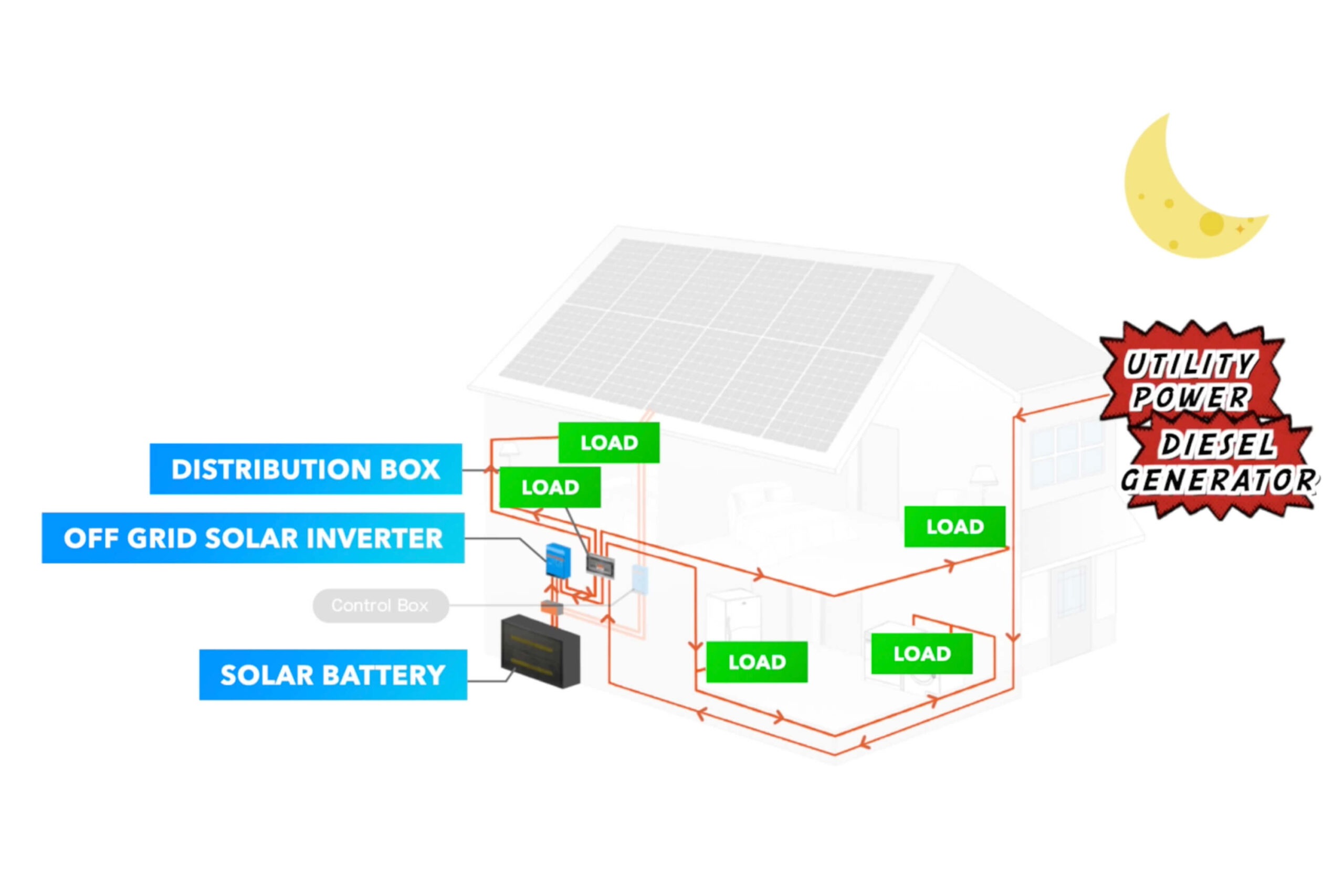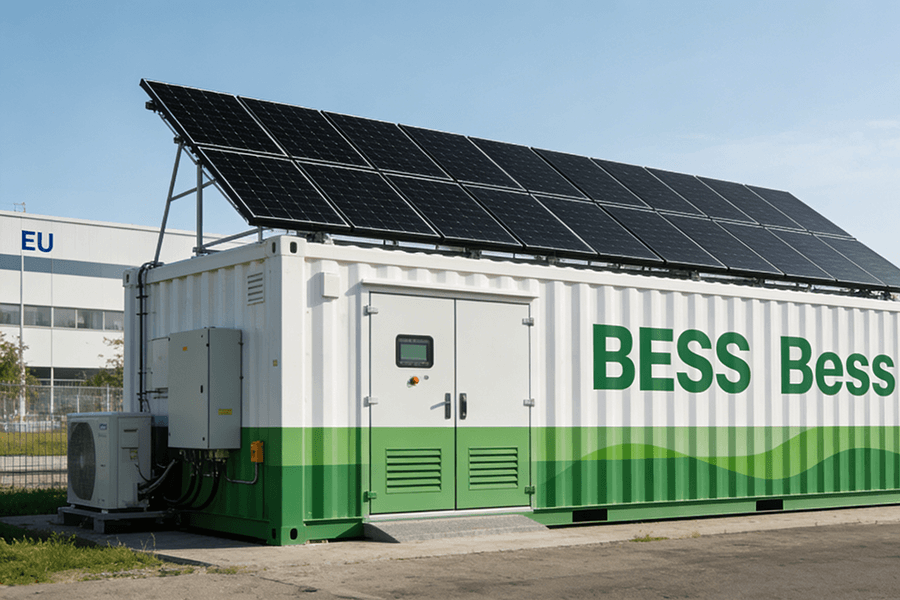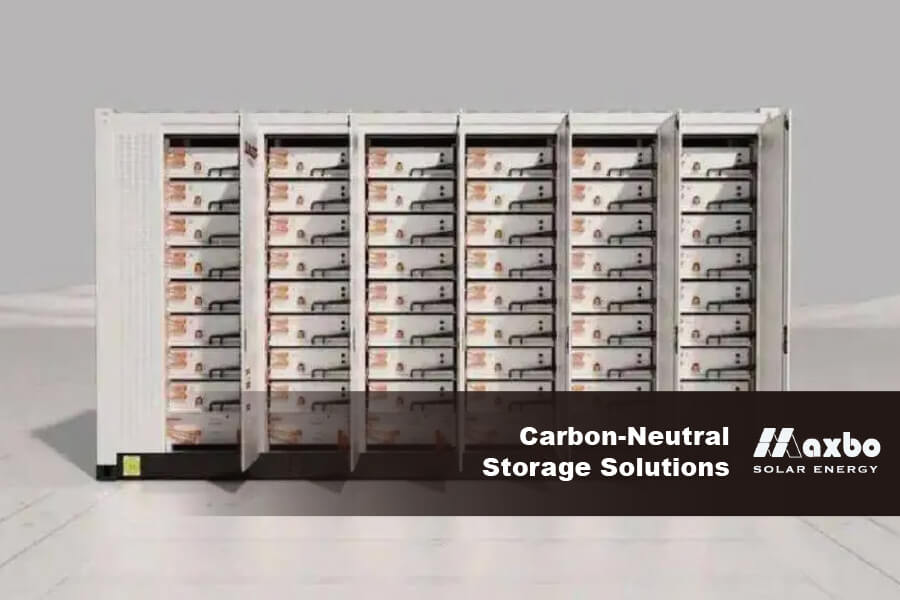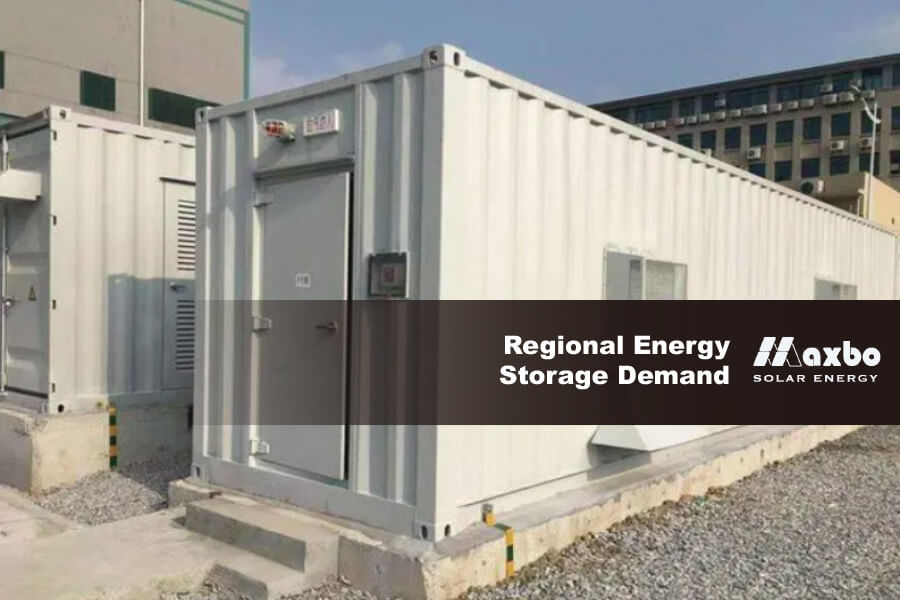A typical home off-grid solar system includes solar panels, an off-grid inverter, a controller, and high-capacity batteries.
These components are used with the home distribution box and operate independently of the power grid.

During daylight hours (on clear sunny days)
The solar panels first convert sunlight into direct current (DC), which is then routed through a combiner box and transmitted to the off-grid inverter.
The inverter converts DC electricity into AC electricity required for household appliances.
When the electricity generated exceeds the consumption, some of it is used to power the load. Excess electricity will be stored in the battery for night time use.
If the battery capacity is small, there will be wastage.



During the daytime (On rainy days)
In poor weather conditions, solar power generation may not meet electricity demand requiring additional power from batteries to be transmitted alongside solar-generated electricity to the inverter.
It is then transmitted to the distribution box for convenient user control and usage.


During nighttime use:
At night, the solar panels stop generating power, and the load is entirely supplied by the batteries.
In special circumstances, some off-grid inverters can combine utility power or a diesel generator with battery power to supply the load.


Conclusion:
Off-grid solar systems are typically used in remote areas without access to the grid.
Such systems operate independently of the grid.






